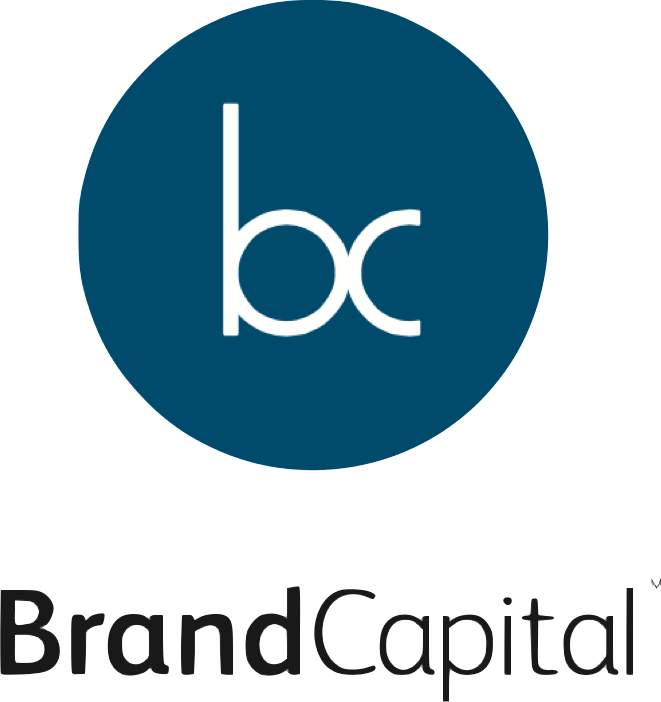FutureSpace
Competing in a congested space.
There has been a fundamental shift in the need to manage brand value, and there is a need to create valuable space, not just different space, for the brand.
“A firm differentiates itself from its competitors if it can be unique at something that is valuable to buyers.
Firms are often different but not differentiated because they pursue forms of uniqueness that buyers do not value.”
Michael E. Porter “Competitive Advantage – Creating and Sustaining Superior Performance”
Our FutureSpace work is all about exploring new territories and challenging sector positionings.
BrandCapital Monitor
Decoding brand performance 
The BC Monitor is designed as a comprehensive study of people’s relationship with service based brands. Its focus is on brands built around people and experiences rather than packaged goods or consumer products.
Conducted annually in target countries, the BrandCapital Monitor was developed as a ‘brandscape’ brand model.
By ‘brandscape’ we mean it is designed to compare brands against each other because that is how consumers live their life. People don’t think about services or products within a single category only, they compare performance across all the interactions in their lives. So whilst the products companies provide might be competing within in a sector, their brands have to compete for their piece of consumer ‘mindshare’ against all others.
Brand equity
Measuring that level of ‘mindshare’ starts with the 4 core brand dimensions of Familiarity, Regard, Relevance and Differentiation. These define the measures of a brand’s equity that consumers unconsciously rate their brands on. Do I know it? Do I like it? Is it for me? Is it worth paying attention to?
Brand image
Equity measures how well your brand stands up against others - but what does your brand stand for? We track 39 attributes of brand personality and image. Attributes like: helpful, premium, down-to-earth, intelligent, gaining in popularity, innovative, dynamic, fun, arrogant or socially responsible. Which attributes drive which brand equity pillar in each sector?
As brands compete for customers and attention, are they competing in unique space in their sector? Or alongside everyone else? Does anyone really differentiate their brand on better service?
Brand attachment
Converting the equity of the brand into cashflows and profits comes from creating loyal customers. That means making sure the customers you have want to stay with you, whilst being attractive to those not yet with you. We measure both current usage and future preference and how the brand experience impacts on those choices. From this, we learn what drives customer loyalty and non-customer consideration and hence your brand and business growth.
Employer brand
For service brands, the ability to develop and retain human capital is vital. But few brands understand deeply the link between their marketing brand and their attractiveness as a employer – and indeed too often treat them as separate, and at best, distantly related disciplines. Decoding and understanding the relationship between the organisation’s strategy, the brand drivers of performance and their overlap with talent attraction is vital for maximising operational alignment and competitive agility.
Sponsor value
Looking beyond the logo.
Unfortunately, many sponsors and researchers still focus too much on measuring exposure. Exposure does not equal value. Exposure of the brand is still only an opportunity to create value, not a direct measure of the value created.
So what’s wrong with the media equivalency view?
It is not just the question of whether the amount ascribed to media equivalency is accurate, it is whether media equivalency is the right measure of value.
The argument; based on the historic definition of sponsorship; is that media equivalency value is the value of the coverage gained compared to the ascribed value of buying that coverage.
Even if the rate used to ascribe that value can be agreed, the question of whether the coverage reached and influenced its intended audience is not adequately addressed by this measure.
Fundamentally, media equivalency is about the efficiency of the media exposure compared to other alternatives, not about its effect.
And yet it is in the impact – that ability to increase the depth of connection to the brand and business - that real value is created.
From a CapitalGrowth perspective, different sponsorship properties vary significantly, and impact on different aspects of the business’ capital. This is why a balanced portfolio is critical and needs to reflects the organisation’s current capabilities and its growth imperatives.
Hence a truly strategic sponsorship portfolio is one that fits with the organisational strategy and is explicit on how each property will deliver value and how this will be measured and monitored.
EventCities
The host city brand - the other event legacy 
Since the debt-laden 1976 Montreal Games, and by contrast, the commercially savvy 1984 LA Olympic Games under Peter Ueberroth, much research and attention has been given to the economic impact of hosting international events.
Despite the knowledge that many events, not just the Olympics, garner a city significant international and national attention, little is objectively known on the impact of events on the brands of host cities.
Brands are economic assets owners use to differentiate their products from their competitors and increase their profits.
Similarly, the image and reputation of a city is a significant driver of growth and success.
Adding the brand impact of event hosting, brings a much more complete picture of the longer-term economic benefits garnered and a better view of an event’s value to a city.


